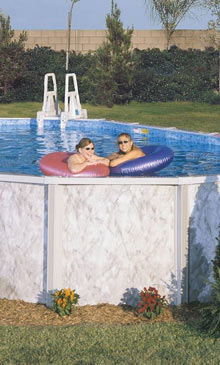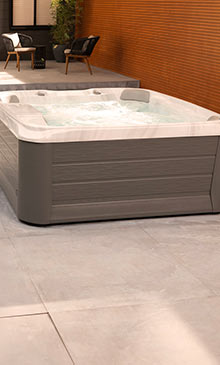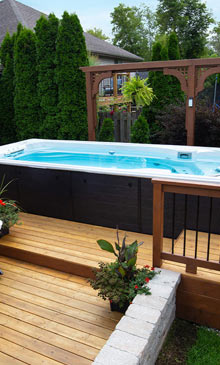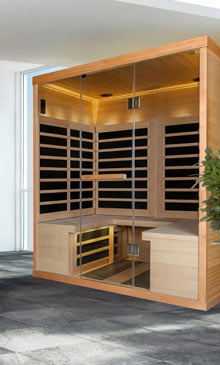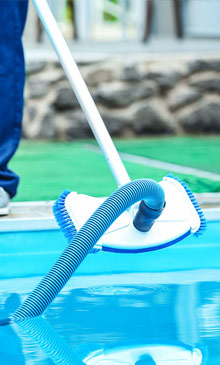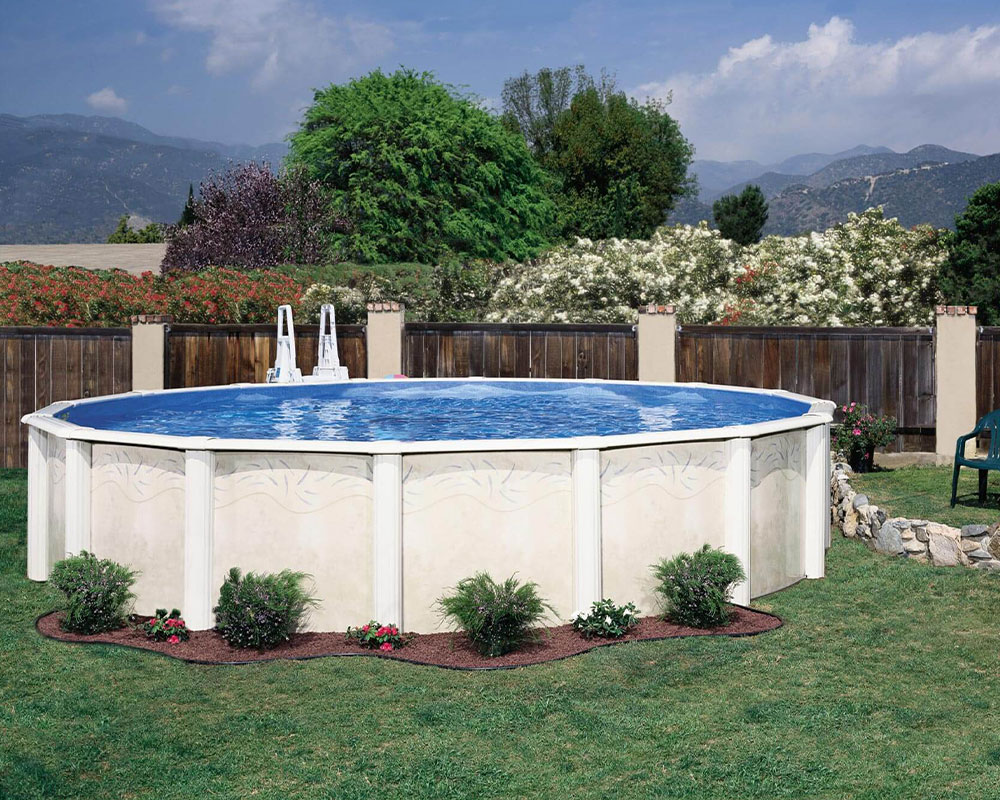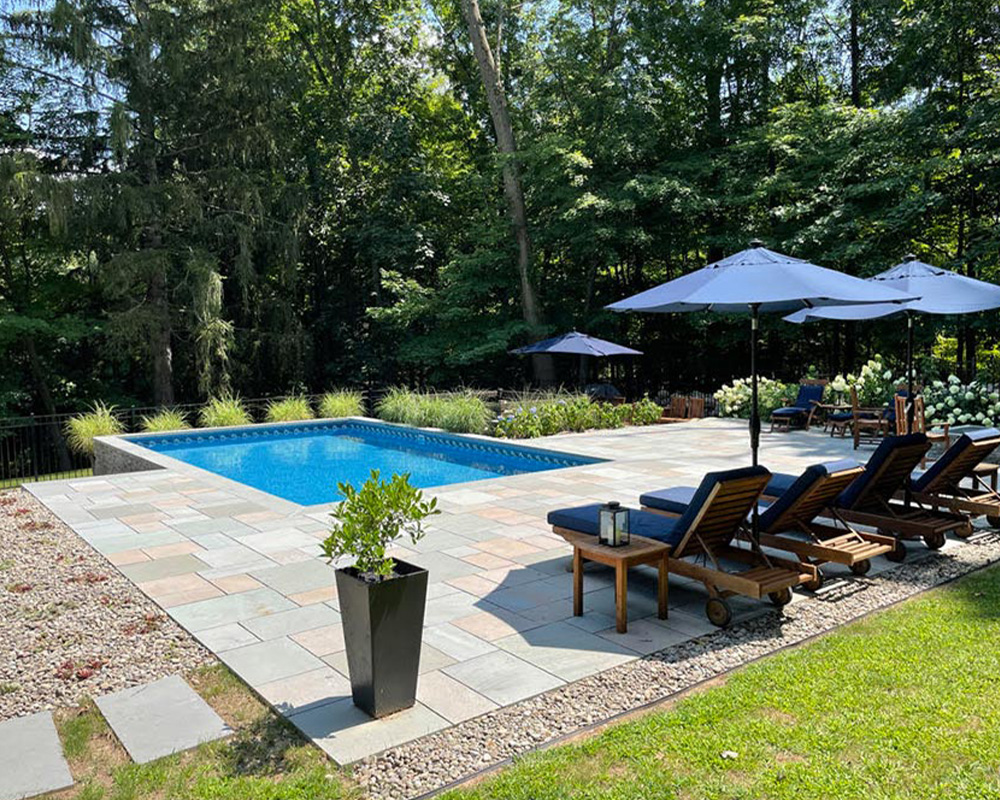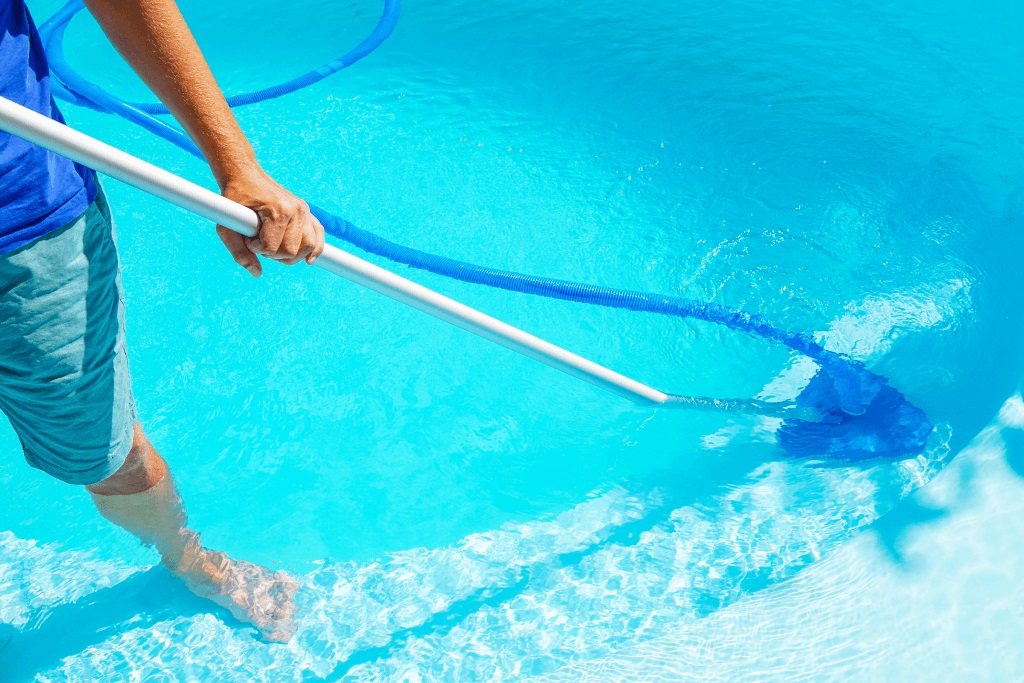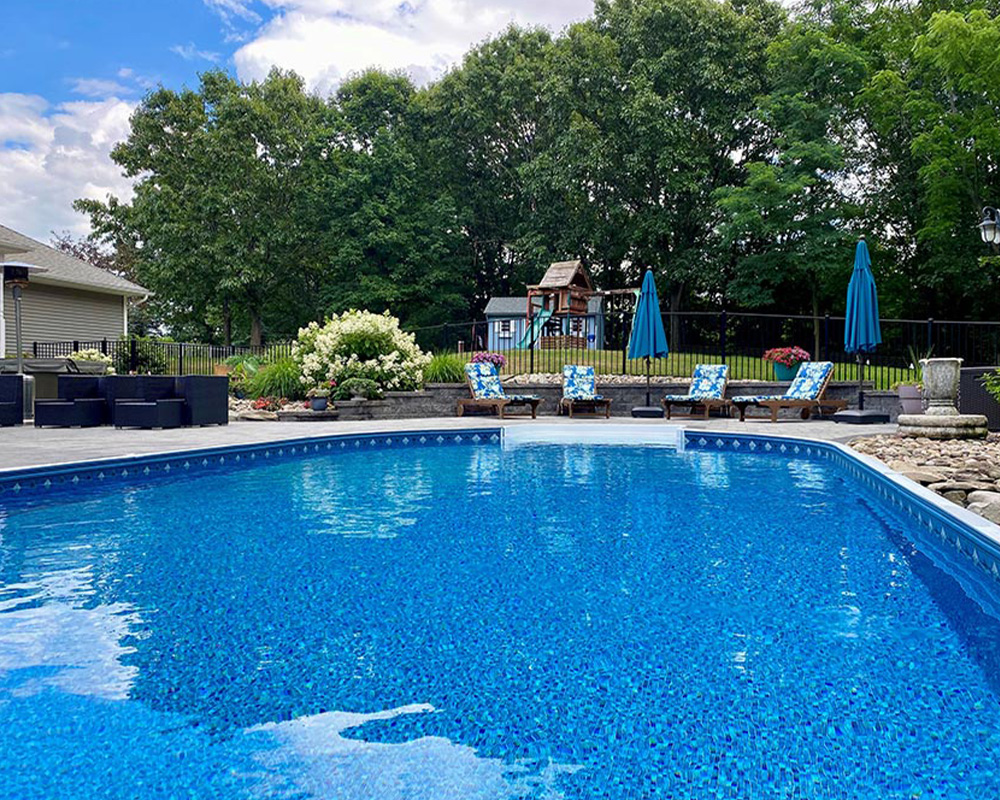Weather conditions play a crucial role in determining the maintenance needs of your pool and hot tub throughout the year. Each season, from scorching summer heat to freezing winter temperatures, brings unique challenges that affect water chemistry, equipment performance, and overall maintenance requirements. By understanding these weather-related impacts, you can develop a proactive year-round pool and hot tub maintenance strategy rather than reacting to problems after they occur. Let’s explore how different weather conditions affect your water features and what you can do to maintain them properly in every season.
Summer Maintenance Challenges
Summer’s intense heat and UV exposure significantly impact your pool maintenance schedule. Higher temperatures accelerate chlorine depletion, and research shows that the sun’s ultraviolet rays can reduce chlorine concentration by up to 90% in as little as two hours on bright, sunny days.
The summer sun also creates ideal conditions for algae growth. Algae spores multiply rapidly in warm water, especially when combined with nutrient-rich debris that enters the pool. Warmer water creates better conditions for bacteria and algae growth, which consume more chlorine as these organisms are killed off.
Pool professionals recommend that for every 10 degrees Fahrenheit above 80 degrees Fahrenheit, approximately twice as much chlorine is needed to maintain adequate free-chlorine levels. This significant increase in chlorine demand makes regular monitoring essential during hot weather.
Evaporation becomes another significant concern during hot weather. Pools can lose up to 1/4 inch of water daily during peak summer heat, affecting chemical balance as the water becomes more concentrated. Regular monitoring of water levels and chemistry is essential to counter these effects.
Summer thunderstorms and heavy rainfall present additional challenges. A single heavy downpour can dilute your carefully balanced water chemistry, potentially lowering sanitizer levels and altering pH. After significant rainfall, test your water and adjust chemicals accordingly. Remember to clean skimmer baskets and filters more frequently, as storms often introduce leaves, dirt, and debris into your water.
Fall Transition Period
As summer transitions to fall, dropping temperatures and falling leaves create new maintenance considerations. Debris management becomes a priority during this period. Leaves and organic matter that sink to the bottom decompose quickly, consuming chlorine and potentially staining surfaces.
Investing in a good quality leaf net or pool cover during heavy leaf fall can save countless hours of cleaning. Increase the frequency of skimmer basket emptying and filter cleaning to handle the additional debris load.
Temperature fluctuations during fall require adjustments to your chemical maintenance routine. As water temperatures decrease, bacterial and algae growth slow down, allowing you to reduce sanitizer levels gradually. However, don’t decrease too drastically, as warm autumn days can still promote algae growth.
Equipment operation also needs adjustment as temperatures drop. As the biological demand on your water decreases, running pumps and filters for fewer hours becomes possible. This transition period is ideal for preparing equipment for the colder temperatures ahead.
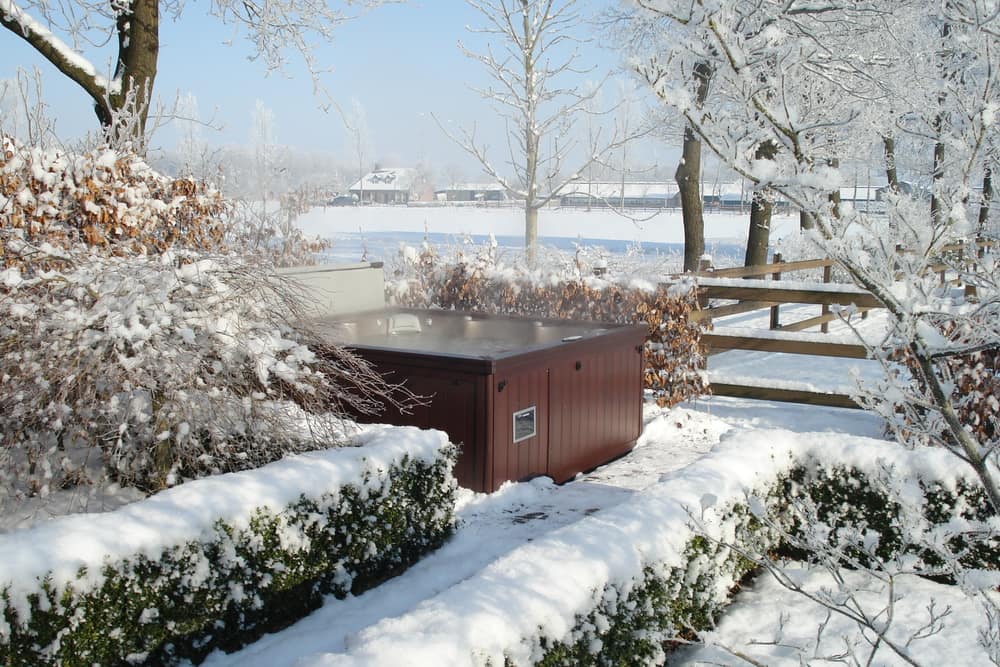
Winter Weather Maintenance
Winter presents unique challenges, particularly in regions experiencing freezing temperatures. Proper freeze protection becomes critical to prevent costly equipment damage. Maintaining circulation is essential even during cold periods, as moving water is less likely to freeze than standing water.
For pools, lowering the water level below skimmers and properly winterizing plumbing lines prevents freeze damage. For hot tub winter maintenance, maintaining regular operation with appropriate temperature settings (usually around 98-100°F in winter) prevents freezing while optimizing energy efficiency.
Snow and ice management is essential for both pools and hot tubs. The weight of accumulated snow can damage pool covers and hot tub lids. Regularly remove snow buildup, but do so carefully to avoid tearing covers or creating safety hazards on slippery surfaces.
Winter chemical needs change significantly. Chemical reactions occur more slowly in colder water, and your testing schedule can typically be reduced to every 2-3 weeks for pools. Hot tubs, however, still require weekly testing as the higher water temperature accelerates chemical depletion. Winter-specific chemical formulations, such as non-chlorine shock treatments, often work better in colder water conditions.
Spring Revival Strategies
As temperatures begin to rise in spring, your water features face new challenges. Pollen becomes a significant issue, creating a yellowish film on water surfaces and potentially clogging filters. More frequent filter cleaning and the use of enzyme products that break down pollen can help manage this seasonal challenge.
Spring rains also affect water chemistry and levels. After heavy rainfall, test and adjust chemicals to rebalance your water. Check equipment that may have been affected by winter conditions, inspecting for cracks, leaks, or damage that needs repair before the heavy-use summer season.
Spring’s warming water temperatures require gradual adjustments to your hot tub and pool maintenance schedules. Increase sanitizer levels incrementally as biological activity increases with temperature. This is also an ideal time to thoroughly clean, drain, and refill hot tubs that have been heavily used throughout winter.
Extreme Weather Preparation
Extreme weather events require special preparation. During drought conditions, water conservation becomes paramount. Covers for both pools and hot tubs significantly reduce evaporation, potentially saving thousands of gallons annually. Fixing even minor leaks becomes more critical during water restrictions.
For hurricane or severe storm preparation, lowering water levels slightly (never draining completely) helps accommodate heavy rainfall. Secure loose equipment and furniture that could become projectiles in high winds, and turn off electrical equipment during storms to prevent damage from power surges.
Heat waves demand attention to equipment. Running pumps during cooler overnight hours can reduce electricity costs while ensuring adequate circulation. For hot tubs, consider lowering the temperature slightly during extreme heat to maintain comfort while reducing equipment strain.
Maintaining Balance Through Every Season
Weather significantly impacts your pool and hot tub maintenance schedules throughout the year. By understanding these effects and taking proactive steps to address them, you can maintain water quality, protect equipment, and extend the life of your investment.
The key to successful year-round pool maintenance lies in anticipating weather changes rather than reacting to problems. Regular testing, appropriate seasonal adjustments, and protecting equipment from extreme conditions will keep your water features in optimal condition regardless of what Mother Nature brings.
For personalized advice on maintaining your pool or hot tub through changing seasons, contact Royal Pools and Spas today. Our experienced team can help you develop a customized maintenance plan that addresses your needs and ensures your water features remain beautiful and inviting all year round.
